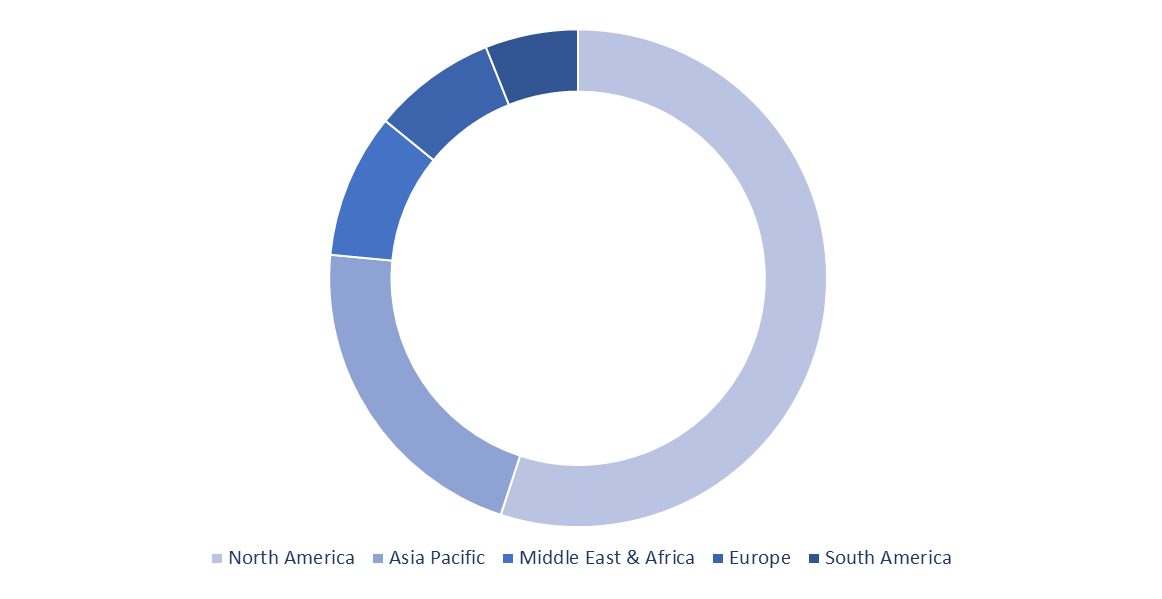The global military radar market size was estimated to be US$ 14.5 billion in 2020 and is expected to reach US$ 27.7 billion by 2031 at a CAGR of 6%.
A military radar comprises of a transmitter, a collector, and a sending radio wire. These instruments utilize electromagnetic waves to decide the reach, speed of articles, and elevation. Present day radar systems currently include progressed materials, strong state modules, computerized signal processors, and complex A-D converters to give more data to military clients who need the most ideal capacity in little, smaller, and effective bundles.
Military radar systems assume a pivotal part in the cutting-edge battle vehicles, aircraft, and marine transportation boats. Projects and drives like the Air and Missile Defense Radar (AMDR) program and the Three-Dimensional Expeditionary Long-Range Radar(3DELRR) program are relied upon to impel development in the territorial market. South Korea's Defense Acquisition Program Administration (DAPA)has marked a four-year advancement project esteemed 41.1Million US$, in February 2021, with LIG Nex1 to foster a native long-range air protection radar.
The rising requirement for further developing boundary security is relied upon to drive the demand for reconnaissance gear and systems like military radars. Military radars work with precise identification, following, reconnaissance, ground planning, and cautioning against covertness of aircraft and weapons, along these lines giving security.
Rosoboronexport, Russia to Show Anti-Stealth Aircraft Radar at Air India, 2021. The strong state radar depends on present day equipment segments and advanced sign preparing and age innovation. Critical subsidizing by the public authority offices to the producers to foster progressed military radar advances is expected to speed up the development of the military radar market during 2023-2032.
Attributable to expanding dangers of air strikes and airborne psychological oppressor penetrations. Airborne military radars are probably going to keep on seeing a high pace of innovative work exercises during the postulated forecast period. As far as province, Asia-Pacific market is expected to show a noteworthy development, resulting from the expanding cross boundary pressure among India and China over South China Ocean. The U.S. has perhaps the most remarkable military powers on the planet, and it is a critical supporter of the worldwide military radar market during 2023-2032.

Global Military Radar Market Value Share Analysis, by Geography (2022)
The report titled “Global Military Radar Market - Global Market Share, Trends, Analysis and Forecasts, 2023-2032”, wherein 2021 is the historic period, 2022 is the base year, and 2023 to 2032 is forecast period. Additionally, the study takes into consideration the competitive landscape, wherein the report would provide company overview and market outlook for leading players in the Global Military Radar Market.
Furthermore, the report would reflect the key developments, global & regional sales network, business strategies, research & development activities, employee strength, and key executive, for all the major players operating in the market.
The global Military Radar market is segmented based on type, application, and region. Based on type, the Military Radar market is segmented into Ground Based, Space Based. Based on Application, the Military Radar market is segmented into Army, Air Force, Navy. Based on geography, the Global Military Radar Market is segmented into North America, Europe, Asia Pacific, Middle East & Africa, and South America. North America is sub-segmented into the United States, Canada, and Rest of North America. Europe is sub-segmented into Germany, United Kingdom, Italy, France, Spain, and Rest of Europe. Asia Pacific is sub-segmented into China, Japan, India, Australia, and Rest of Asia Pacific. Middle East & Africa is sub-segmented into Saudi Arabia, UAE, South Africa, and Rest of Middle East & Africa. South America is sub-segmented into Brazil and Rest of South America.
The research provides in-depth analysis of prominent players holding majority share of the global market with a focus on all operating business segment and would identify the segment of the company focusing on Global Military Radar Market. Further, market share of prominent companies in the Global Military Radar Market would also be estimated.
The study takes into consideration the key competitive information such as business strategy, product portfolio, key development, swot analysis, and research and development focus of all the Military Radar companies. The Global Military Radar Market study would take into consideration the participants engaged throughout the supply chain and value chain of the market, along with their contribution.
Product portfolio would focus on all the products under the Military Radar business segment of the company. Similarly, the recent development section would focus on the latest developments of company such as strategic alliances and partnerships, merger and acquisition, new product launched and geographic expansion in the Global Military Radar Market.
The key players of the Global Military Radar Market are Airbus Group, BAE Systems PLC, General Dynamics, Israel Aerospace Industries Ltd., Finmeccanica SPA, Northrop Grumman Corporation, Saab Group, and Thales Group, Raytheon Company, and others.
Global Military Radar Market Key Segments:
Based on Type
Based on Application
By Region
The global Military Radar market was worth US$ 14.5 billion in 2020.
The global Military Radar market is expected to register a CAGR of 6% between 2022 and 2032.
Some key players operating in the Military Radar market include Airbus Group, BAE Systems PLC, General Dynamics, Israel Aerospace Industries Ltd., Finmeccanica SPA, Northrop Grumman Corporation, Saab Group, and Thales Group, Raytheon Company, and others.
Based on type, the Military Radar market is segmented into Ground Based and Space Based.
Copyright © 2025 Same Page Management Consulting Pvt. Ltd. (insightSLICE) | All Rights Reserved
